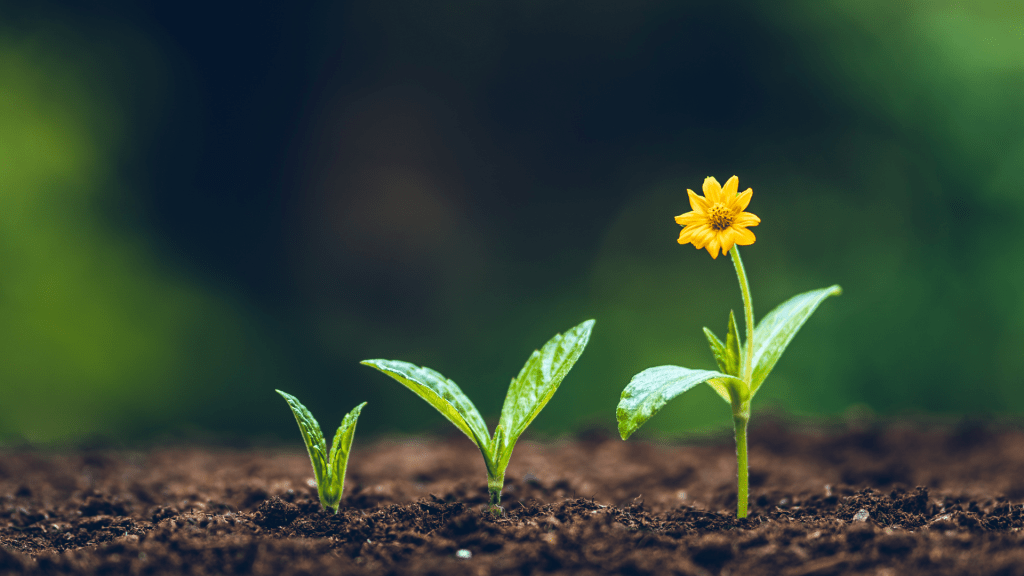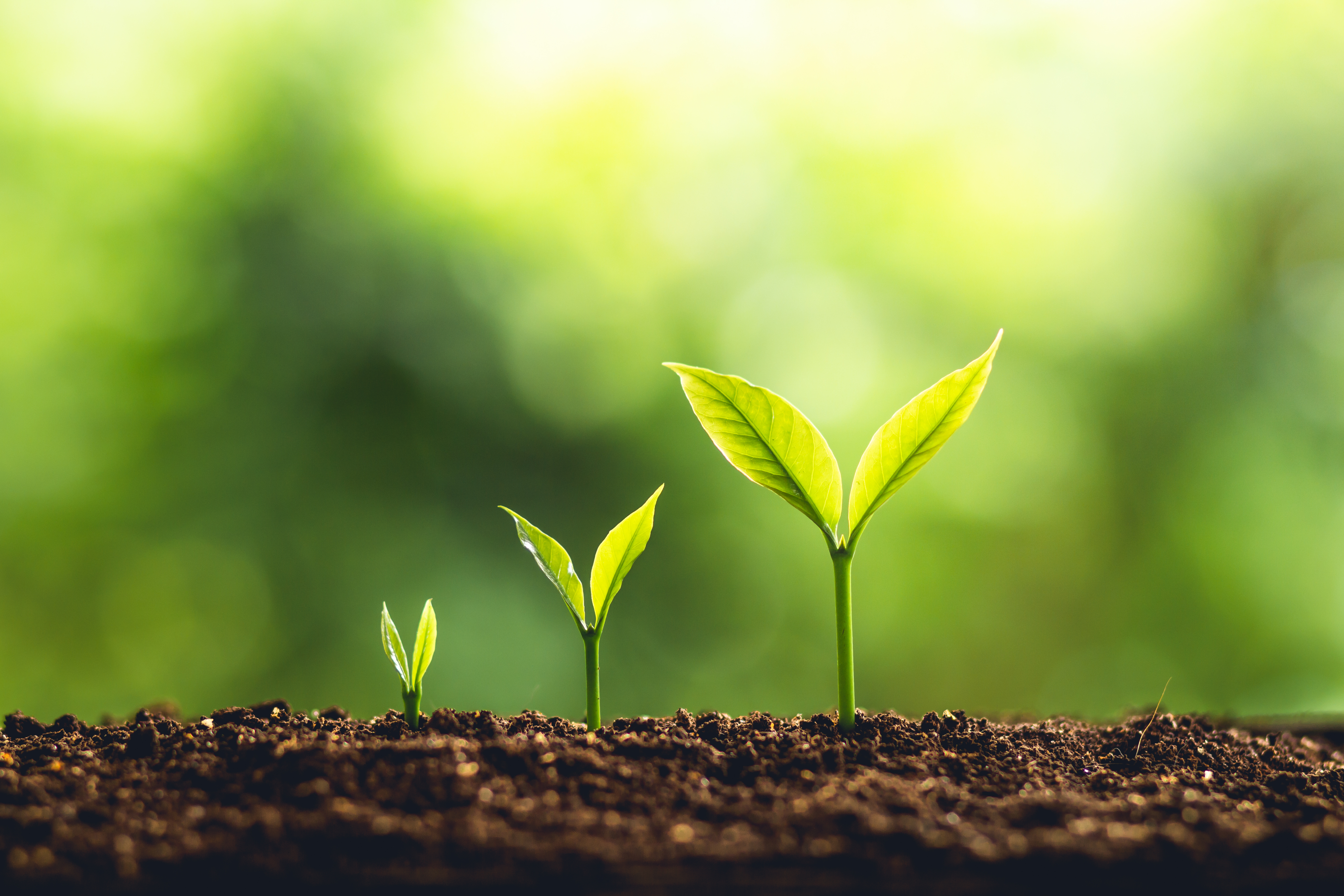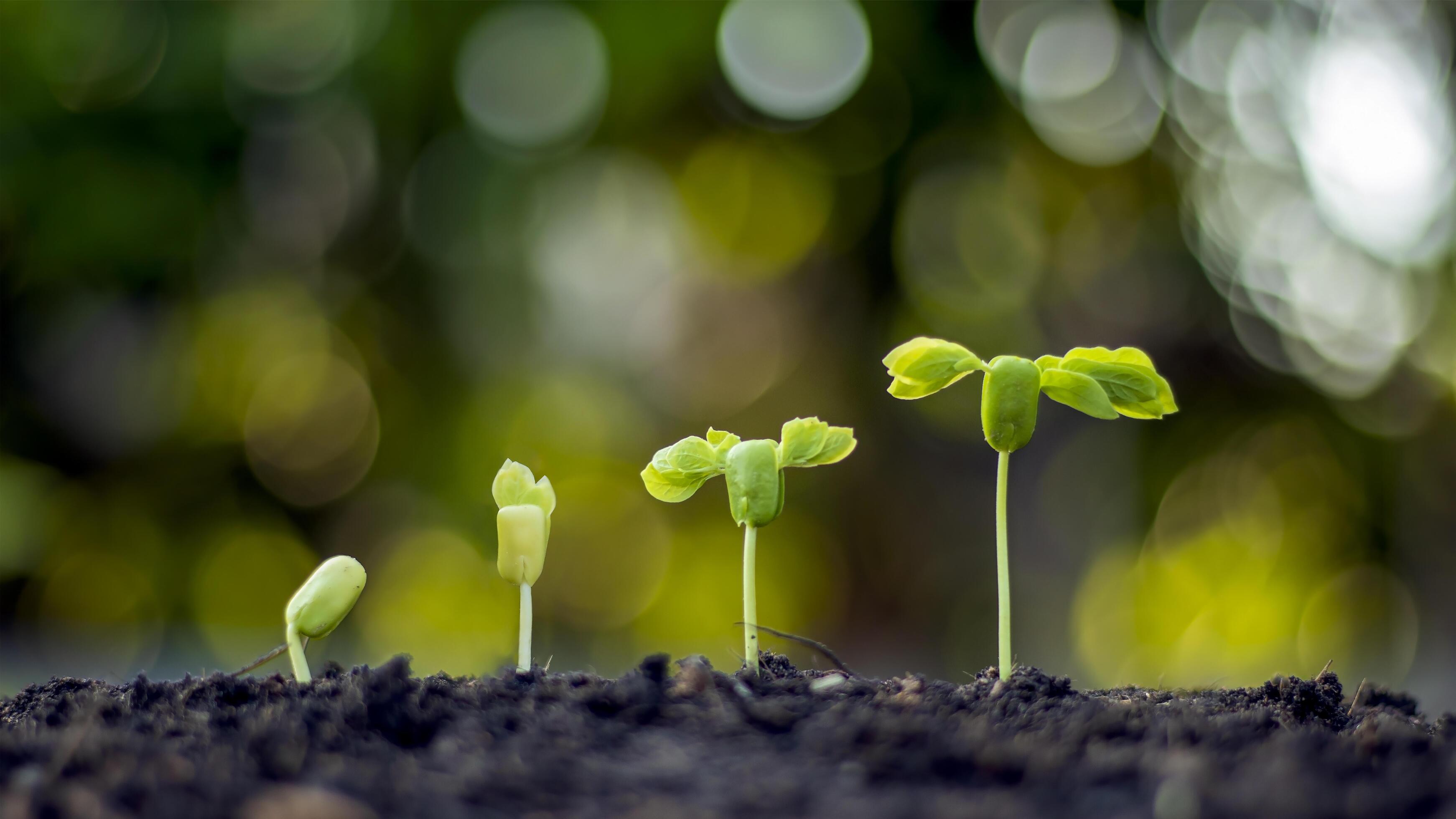There's a special kind of connection many of us feel for the dolls that shared our early years. These aren't just toys, you know, they're often silent witnesses to our biggest dreams and quietest moments. They were there for tea parties, imaginary adventures, and sometimes, even for a little comfort when things felt tough. It's a bond that, for many, really does last a lifetime.
This article takes a look at that unique relationship, from the very first time a child holds a doll to the way those beloved figures become treasured reminders of days gone by. We'll explore how these playthings help shape young minds and hearts, and what happens when children, quite naturally, start to move on to other interests. It's a journey that's pretty much universal, a story told in countless homes.
You see, like a small plant that keeps getting bigger, or a business that just keeps expanding, our connection with dolls really does change and develop over time. It's a process of increasing in size, or maybe intensity, as we ourselves grow. Just as a "growing kid" might need more cake, children need different kinds of play as they get older, and dolls are a part of that beautiful, ever-changing landscape of childhood.
Table of Contents
- The Early Years: Dolls as First Companions
- Dolls and Development: Learning Through Play
- When Play Changes: The Shifting Sands of Childhood
- What Happens Next: Preserving Doll Memories
- The Adult Connection: Dolls as Cherished Keepsakes
- Our Own Growth: How Dolls Reflect Our Journey
The Early Years: Dolls as First Companions
Think back to when you were small. Chances are, a doll, or a few of them, played a pretty big part in your play. These early companions are so much more than just plastic or cloth figures. They are, in a way, the very first friends a child truly gets to create and control, offering a safe space for all sorts of imaginative adventures.
From the moment a toddler clutches a soft doll, a special kind of play begins. They might babble to it, offering it pretend food or tucking it into a tiny bed. This early interaction, you know, really helps them figure out the world around them. It's a quiet sort of learning, where they practice caring for others and acting out everyday situations they see their grown-ups doing.
As children grow a little bigger, their play with dolls becomes even more detailed. They might invent elaborate stories, giving their dolls distinct personalities and voices. This kind of storytelling is actually quite important for building their own creative muscles. It's like planting a small seed and watching it become a big, strong plant, full of new ideas and possibilities.
Dolls and Development: Learning Through Play
The benefits of playing with dolls go far beyond just having fun; they truly help children develop in many ways. For instance, holding a doll and moving its tiny limbs helps with fine motor skills. Dressing a doll, or even just brushing its hair, requires a certain amount of hand-eye coordination that, you know, gets better with practice.
But it's not just about physical growth. Dolls are fantastic tools for emotional and social learning, too. When a child pretends to comfort a doll, they are practicing empathy. They learn to understand feelings and how to respond to them, which is a big part of getting along with real people later on. It’s a bit like a business that just keeps growing steadily; these skills build up over time.
Role-playing with dolls also lets children explore different social situations. They might act out family scenes, school scenarios, or even doctor visits. This helps them make sense of the world and their place in it. It's a safe way to try out various roles and understand different perspectives, which is, basically, a huge part of becoming a well-rounded person. For more insights on how play helps children grow, you can learn more about childhood development on our site.
When Play Changes: The Shifting Sands of Childhood
There comes a time for every child when their interests begin to shift. The dolls that once held center stage might find themselves spending more time in the toy box, or perhaps on a shelf. This change is a very natural part of growing up, a sign that a child's world is expanding and they are ready for new kinds of challenges and play.
It's not that they stop loving their dolls, not really. It's more that their definition of "play" changes. They might become interested in sports, video games, or spending more time with friends. This is like a young tree that, having grown tall, starts to put out branches in new directions. Their focus just, you know, moves on to different things.
For parents, seeing a child outgrow their dolls can sometimes feel a bit bittersweet. It's a reminder of how quickly time passes, and how fast our little ones are becoming bigger, more independent people. But it's also a chance to celebrate their growth and look forward to the new adventures that lie ahead for them, which is, honestly, a pretty exciting prospect.
What Happens Next: Preserving Doll Memories
So, what happens to the dolls once they are no longer the focus of daily play? For many, they become quiet keepers of memories. Some families choose to store them away carefully, perhaps in a special box in the attic or closet. This way, they are preserved for future generations, or simply for a nostalgic visit down memory lane.
Others might decide to pass their dolls on to younger siblings, cousins, or even charity. This act of giving allows the dolls to continue their purpose of bringing joy and encouraging play in another child's life. It's a lovely way to let the story of the doll, you know, keep growing and changing, much like a family tradition that gets passed down.
And then there are the collectors. For some, the dolls that were once childhood companions become the start of a lifelong hobby. They might seek out specific dolls, restore old ones, or display them with pride. This really shows how the connection to these figures can evolve and deepen over the years, becoming something quite different but still very meaningful.
The Adult Connection: Dolls as Cherished Keepsakes
Even long after childhood has faded, the dolls we grew up with can hold a powerful place in our hearts. They are tangible links to our past, little time capsules that can instantly transport us back to simpler days. Just seeing a particular doll can bring back a flood of memories, like a favorite song or a familiar scent.
For many adults, keeping a childhood doll isn't about playing with it anymore. It's about the feeling it evokes, the stories it represents, and the comfort it still offers. It's a piece of our personal history, a silent reminder of who we were and how far we've come. This kind of attachment, you know, is pretty common and very human.
Some adults even find themselves drawn to dolls again, perhaps as a way to reconnect with their inner child or to share a piece of their past with their own children. It's a way to keep that playful spirit alive, and to acknowledge the quiet, but very real, influence these figures had on our development. You can discover more about how these childhood items become special keepsakes on this page .
Our Own Growth: How Dolls Reflect Our Journey
The journey with dolls, from first plaything to treasured memory, really mirrors our own personal growth. In the beginning, dolls are tools for imitation and imagination, helping us understand the world around us. As we get bigger, our play changes, and our interests expand, which is, basically, a sign of healthy development.
Just like a field of corn that grew fast, or a business that's been growing steadily for years, our lives are a process of constant increase and development. Our relationship with dolls changes as we do. They start as objects of active play, then transition into symbols of nostalgia, and finally, often become cherished pieces of our personal story.
So, the next time you see an old doll, or think about the ones you had, consider the amazing journey it represents. It's not just about the doll itself, but about the countless ways it helped you grow, learn, and imagine. It's a quiet testament to the power of play, and a sweet reminder of the person you were, and who you've become, which is, really, quite something.
Frequently Asked Questions About Growing Up Dolls
Do dolls really help kids grow?
Yes, they absolutely do! Dolls are wonderful for helping children develop a whole range of skills. They encourage imaginative play, which builds creativity and problem-solving abilities. Playing with dolls also helps kids practice social skills, like empathy and communication, and even helps with their fine motor skills when they dress or move the dolls. It's a very natural way for children to learn about the world and their feelings.
At what age do children typically stop playing with dolls?
There isn't one set age when children stop playing with dolls, as it really varies a lot from one child to another. Some children might lose interest around ages 8 to 10, as they start to prefer more complex games or social interactions with friends. Others might continue to enjoy dolls into their early teens, perhaps for collecting or storytelling. It's a gradual shift, not usually a sudden stop, and it's all part of their natural growth.
What should I do with old dolls?
When children outgrow their dolls, there are a few good options. You could store them away as cherished keepsakes for sentimental reasons, or perhaps for future generations. Many families also choose to donate dolls to charities or thrift stores, giving them a new life with another child. Sometimes, they can even be passed down to younger family members. It really depends on what feels right for you and your family.
References
For more information on the importance of play in child development, you might find this article helpful: The Importance of Play



Detail Author:
- Name : Hilma Reilly
- Username : yrunte
- Email : damian81@hotmail.com
- Birthdate : 1997-01-18
- Address : 84322 Hilpert Groves Apt. 720 South Abbie, WI 82832
- Phone : 1-614-572-4975
- Company : Raynor Group
- Job : Therapist
- Bio : Voluptas cumque commodi doloribus quasi dolorem doloribus impedit nemo. Necessitatibus ut fuga itaque sint sunt ipsam. Modi et similique iure molestiae aut.
Socials
facebook:
- url : https://facebook.com/quinnbarrows
- username : quinnbarrows
- bio : Doloribus possimus cum omnis perspiciatis odit consequatur.
- followers : 4647
- following : 2502
linkedin:
- url : https://linkedin.com/in/qbarrows
- username : qbarrows
- bio : Quia vel mollitia esse accusamus.
- followers : 6302
- following : 2184